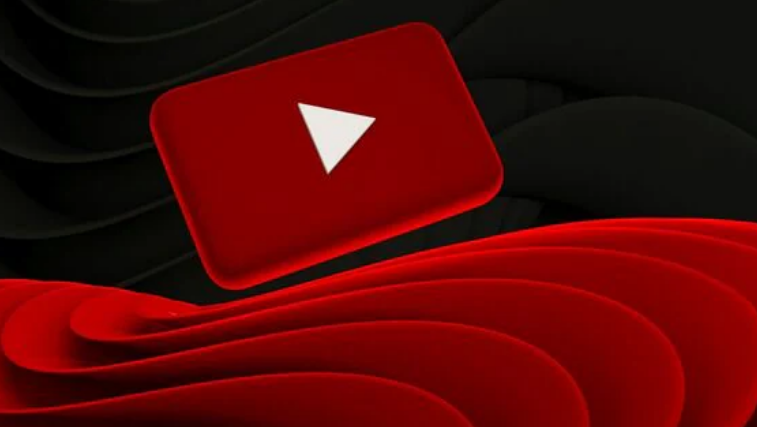YouTube’s 92% share of online video consumption in India illustrates its stronghold over the market, fueled by user-generated content and AI-driven recommendations. Premium streaming services, however, grapple with high costs and limited audience reach, making competition increasingly difficult.
YouTube continues to dominate India’s online video market. Despite a proliferation of premium streaming services, the Google-owned platform commanded a staggering 92% of all video consumption in 2024, leaving subscription and ad-supported (AVoD, or advertising video-on-demand) rivals to jostle for the remainder, according to the latest Ficci-EY report.
Industry experts say user-generated content is now easier to create than ever before, thanks, of course, to the availability of cheap data and smartphones. As a result, creators have mushroomed across the tiniest of Indian towns, producing quality content and sharing on YouTube for the world to see.
By contrast, streaming platforms spend a lot of money and time to create content, only to be pegged back by their limited reach and viewership, hurting their monetization potential.
Driving content
What really sets YouTube apart is how it balances scale with personalization, Khatri added. Its recommendation algorithm, constantly learning from user behaviour—searches, watch time, engagement—ensures people find what they didn’t even know they were looking for. Further, it constantly introduces new monetization streams to incentivize creators, letting them earn not just from ads, but also from YouTube Shopping, Memberships, Super Chats, Super Stickers and YouTube Premium revenue.
Additionally, YouTube’s AI-driven recommendations and regional content capture wider audiences, while OTTs must invest heavily in marketing and localized content. To compete, OTT platforms need to reduce friction in app downloads, innovate quickly, and improve content accessibility for users, Saini added.








